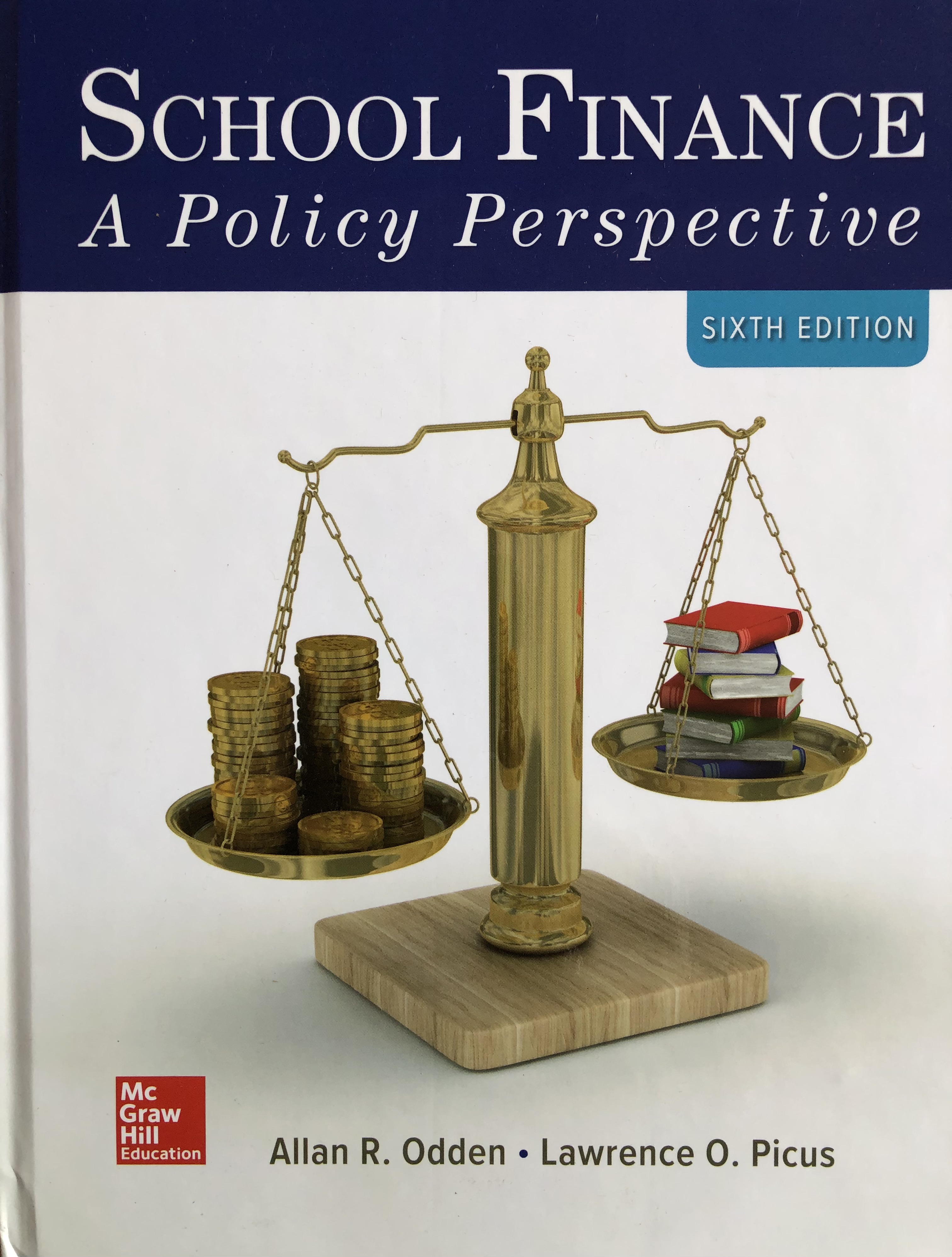In 2020, the Wyoming Legislature once again asked Picus Odden & Associates to conduct a comprehensive school finance adequacy study for the state. Wyoming law requires the state to “recalibrate” its school funding formula every five years. Picus Odden & Associates conducted the recalibrations in 2005, 2010 and 2015. For 2020, in addition to updating the Wyoming Evidence-Based Funding Model, we conducted ten case studies of improving and high performing schools and a comprehensive study of special education and how it is funded in Wyoming.
The Wyoming EB Adequacy Study 2020 report reflects the most current version of the EB Model including how it was tailored specifically for school level resources in Wyoming. The model makes multiple adjustments for small school and district student size.
The Wyoming Case Studies of Improving Schools 2020 includes case studies of 10 schools. One very high performing school with a large concentration of students from low-income backgrounds is included in the case studies, along with cases of small (around 100 students), medium and large size (a 2000 student high school) improving schools. The results show a high degree of similarity between the programs and strategies resourced by the EB Model and the strategies used by these Wyoming schools.
Wyoming provides 100 percent reimbursement for the costs of special education services. The Wyoming Special Education Report 2020, conducted under subcontract by the District Management Group, assesses how special education services are typically provided in Wyoming, comments on the effectiveness of those strategies, and includes suggestions for how over time the state can both enhance the effectiveness of special education services and reduce their costs. One major recommendation in the report is to reduce the use of paraprofessional staff to provide academic support and increase the use of content-expert teachers to provide that academic extra help.
Because of COVID 19, the bulk of the case studies and special education studies were conducted remotely via Zoom sessions, as were the meetings with the interim Select Committee on School Finance Recalibration.

